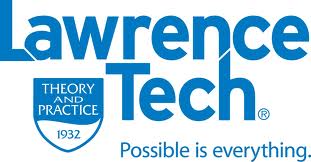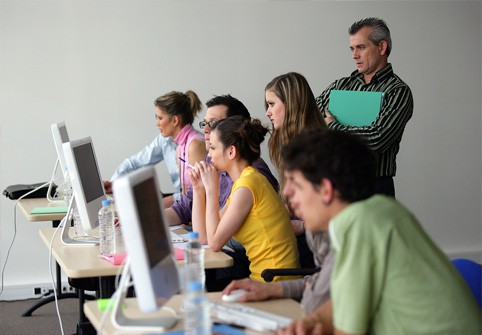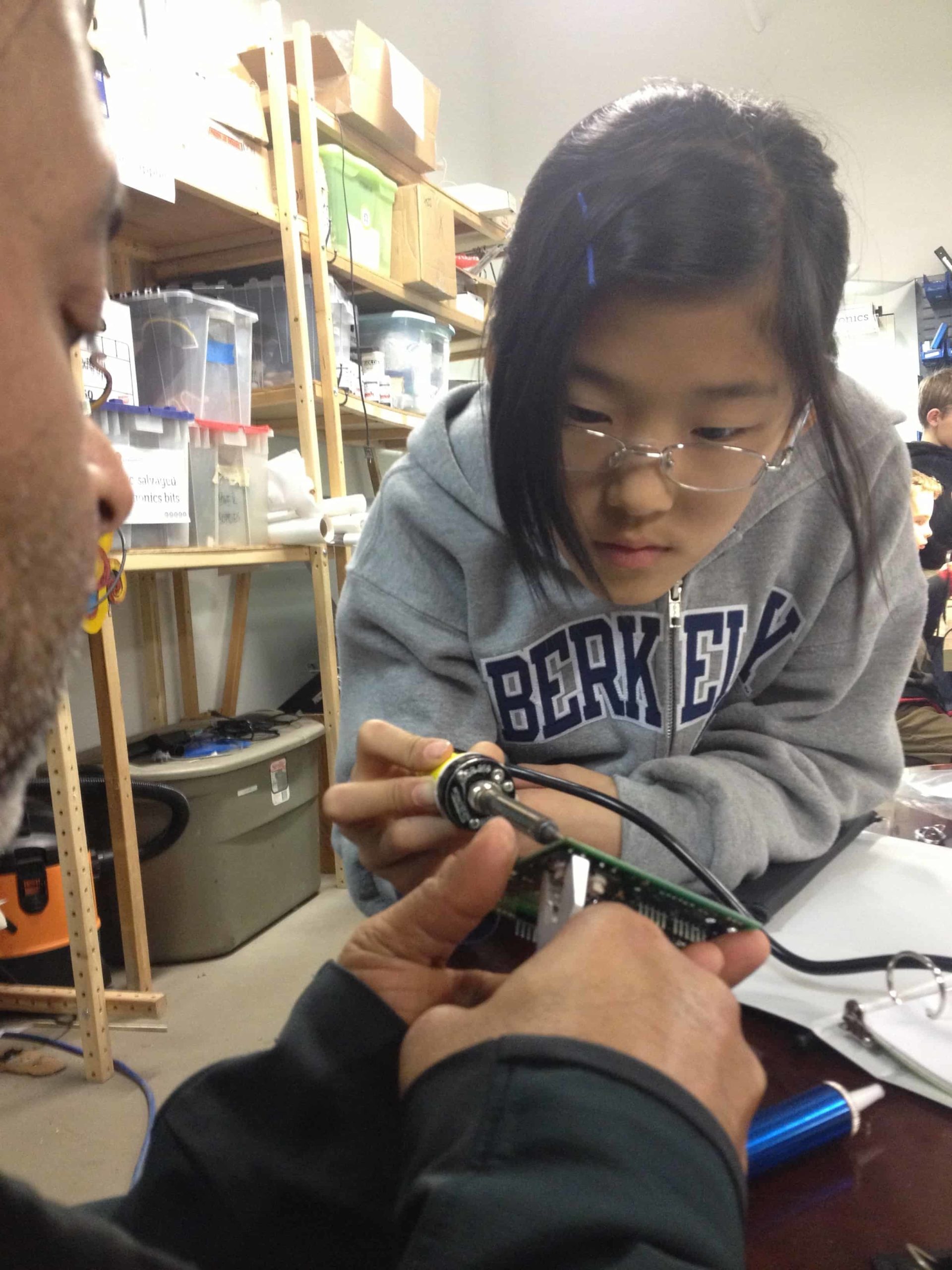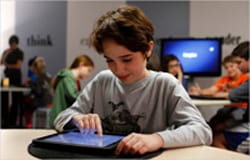STEM
Aerospace Scholars Offers Blended STEM Experience
While demand for engineers in the workplace is growing, student interest in the STEM field is declining. In particular, students who enter high school interested in engineering, tend to become disengaged in the field as they approach graduation. An educational program located in Washington State hopes to stop that trend by engaging students in the STEM field in new and interesting ways. The Washington Aerospace Scholars Program offers an innovative approach to STEM education by combining online and applied hands on learning.
Fostering an Entrepreneurial Mindset in Engineers
The infusion of entrepreneurship into engineering programs at Lawrence Tech, Detroit, was supported by a grant from the Kern Family Foundation. According to Jim Rahn, president of the foundation, said Lawrence Tech “really embraced the program making it mission central.” Their goal is to prepare students “not only to compete within an industry but to lead it.”
Infographic: The Value of a STEM Education
This great infographic from Edutopia highlights the value of educating students in the science, technology, engineering and mathematics (STEM) fields. US students are slipping behind other countries on assessments like PISA in STEM categories while 80% of fast growing occupations will require these skills.
Product Review: Cyber Science 3D
Cyber Science 3D offers a wide variety of 3D and 2.5D (more about that in a minute) manipulable anatomical models. The range of models available is impressive, including chemicals like acetaminophen and adrenalin, cells, mammals, fish, dinosaurs, invertebrates, plants, earth science models like a volcano and a geyser, planets, and mechanical elements like a satellite and a turbine engine.
PLTW Chooses Instructure for Active STEM Learning
After two successful data startups Josh Coates turned his attention to another category with a capabilities gap--learning management systems. I caught up with Josh at SXSWedu earlier this month.
Hacking the Scouts
In the world of DIY, “hacking” is the idea of taking something and modifying it to fit your needs. With the spread of maker culture (think Maker Faire, makerspaces, or the proliferation of knitting clubs), many parents have found benefits beyond the ability to build Arduino-based gadgets. They’ve found a way to engage with their kids in “STEAM” – Science, Technology, Engineering, Art, and Math – while at the same time building their kids’ confidence, resourcefulness, and ingenuity.
The Classroom as Makerspace
Given the popularity of "maker culture" - think Maker Faire, Etsy, and all manner of Do-It-Yourself websites and television networks - it's interesting that maker culture doesn't seem to be common in the classroom yet. It may seem counterintuitive, but classrooms and maker culture might just turn out to be a perfect match for each other.
Closing the STEM Gender Gap in K-12 Education: How Teachers Can Help
It is, unfortunately, no surprise that the gender gap in science, technology, engineering and math (STEM) still exists – from primary school right up through STEM-related careers. Recent reports (call attention, once again, to the statistics: women earn disproportionately fewer STEM undergraduate degrees; women hold nearly 50% of all jobs in the US, but less than 25% of the STEM jobs; women with STEM degrees are more likely to work in education or healthcare than their male counterparts.
Reynoldsburg Schools Attracting Rave Reviews
Yesterday I visited the Reynoldsburg Schools in Columbus, Ohio and had a chance to see the great work being done in the schools that is drawing attention not only statewide but nationally. In this piece by the Columbus Dispatch the schools’ efforts at innovating around STEM and career and college readiness was highlighted with a visit from U.S. Assistant Secretary of Education Deb Delisle to tour the innovative programs.
Taking the Classroom Out of Physics With Mobile Devices
Despite the ever-growing penetration of mobile devices and wider acceptance of BYOD, I feel that a lot of the potential of mobile learning is being underexploited. Many of the solutions are focused on wrapping up content and disseminating it to students. As important this is, we should demand more.












